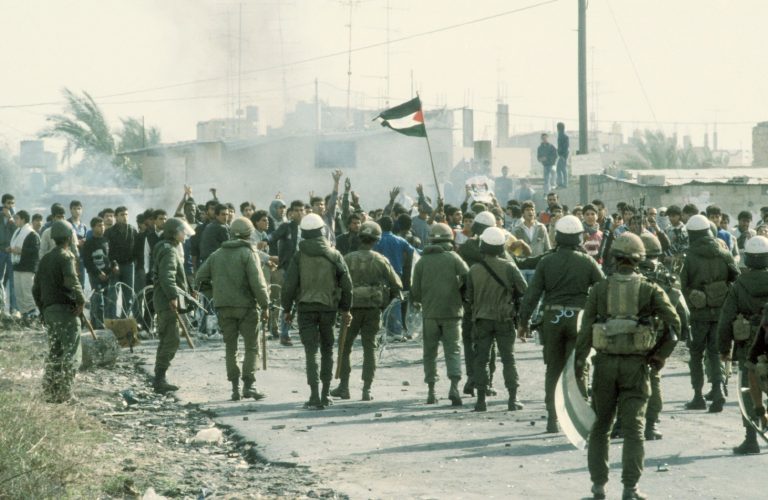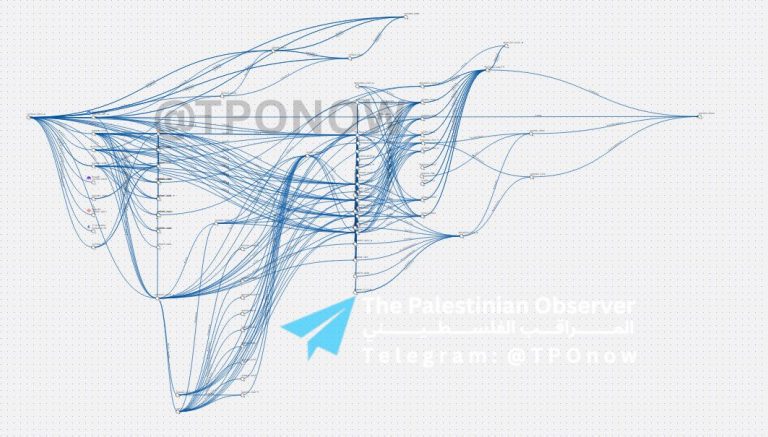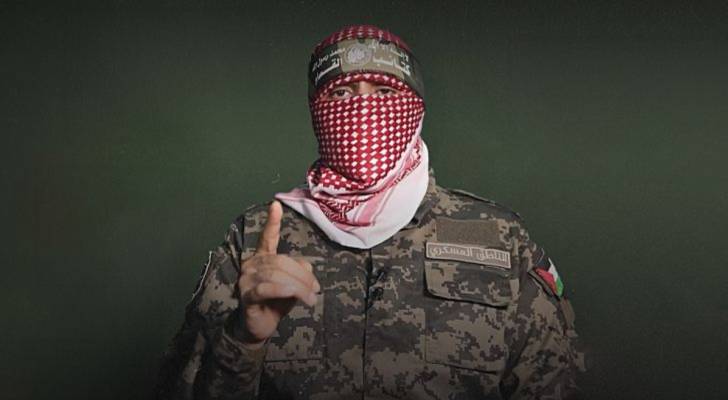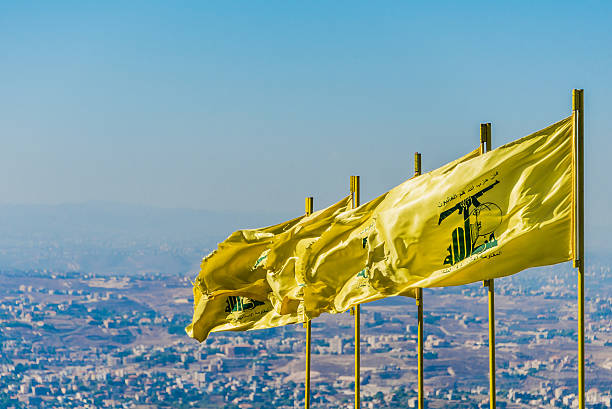TPO May 18th, 2025
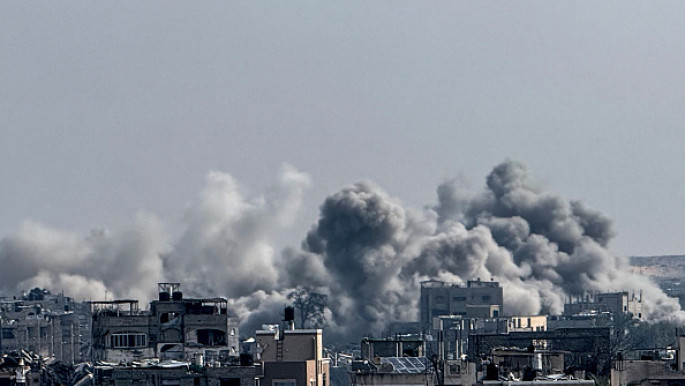
Only 10 days after Israeli Occupation Army’s start of genocidal war on Gaza, one of the worst massacres yet unfolded. A huge explosion rocked Gaza’s Baptist Hospital’s courtyard, resulting in a large number of martyrs and wounded, of which a large number of displaced palestinians who were seeking shelter.
Gaza’s Health ministry announced a toll of 471 dead and 314 injured. Backers of the Israeli Occupation Army announced fake claims that the cause of the explosion “was a misfire” by palestinian resistance factions, Hamas and PIJ rejected these claims, affirming it was an israeli airstrike.
Prior Incidents
On Saturday 14 October, according to a statement by the Archbishop of Canterbury, Justin Welby, an Israeli rocket had damaged the upper two floors of the hospital’s cancer treatment center, which contained the ultrasound and mammography wards, and injured four staff members. Western Media The Washington Post, Le Monde, and Human Rights Watch reported that the munition on 14 October was likely an illumination shell.
The Washington Post reported that an Anglican pastor working for the diocese had filmed a video of a shell in the hospital’s ultrasound room and that the video showed a 155mm artillery illumination shell. The report said, “illumination rounds are not fired directly at targets and descend on a parachute to signal, illuminate areas or mark targets, while the body of the shell falls from the sky”.
On Friday 13 October, Israel ordered hospitals and the population of northern Gaza to evacuate to southern Gaza. Because of insufficient beds in the southern Gaza Strip and no means of transporting patients, such as newborns in incubators or patients on ventilators, the evacuation orders were widely impossible to comply with.
The Anglican Diocese of Jerusalem stated the hospital had received at least three evacuation warnings from the Israeli military on Saturday, Sunday, and Monday. Human Rights Watch reported that all hospitals in northern Gaza–not just al-Ahli–received general evacuation orders on 13 October and the days after. On Saturday 14 October, the World Health Organization issued a statement, “Evacuation orders by Israel to hospitals in northern Gaza are a death sentence for the sick and injured”.
In his statement on Sunday 15 October 2023 Archbishop of Canterbury, Justin Welby said, “The seriously ill and injured patients at the Anglican-run Ahli Hospital – and other healthcare facilities in northern Gaza – cannot be safely evacuated.”
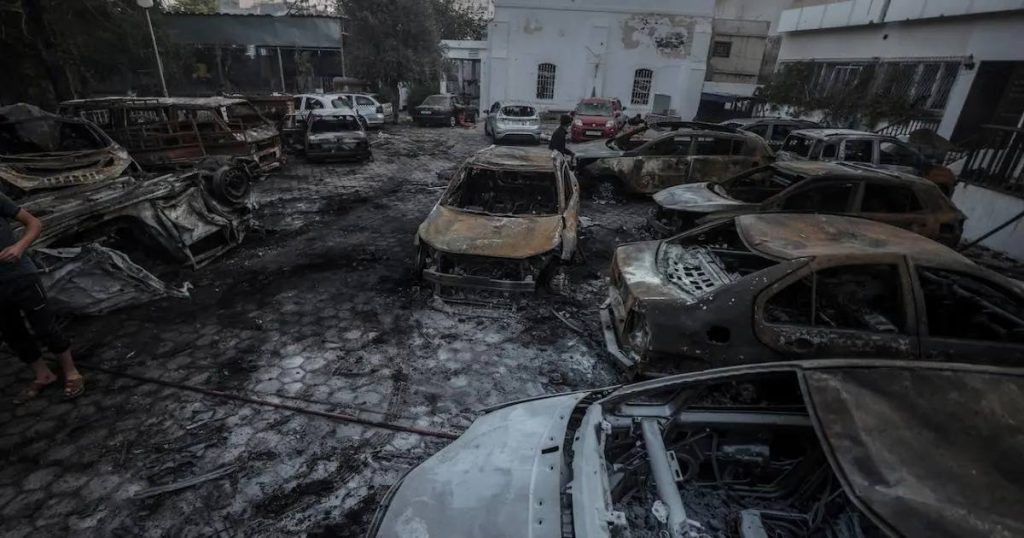
The Explosion
The explosion occurred in a parking lot in the courtyard at 6:59 p.m. local time on Tuesday 17 October, creating orange plumes in the sky. Al Jazeera broadcasted the explosion live.
During the few minutes preceding the al-Ahli explosion, the livestream captured several explosions in the Gaza Strip (at 6:54:28, 6:55:03, 6:57:42, 6:58:04). A fifth explosion is visible at 6:59:55. Two seconds later, with the hospital complex in full view of the camera, the hospital courtyard is hit by a bright explosion and engulfed by fire.
A video recorded by a person located close to the hospital shows building walls being suddenly illuminated by the flash of the explosion, then immediately pans to the explosion itself. Immediately before the flash of the explosion, a whooshing sound is heard. According to one description, the first sounds of the explosion are a “whirring noise”.
The explosion did not cause significant damage to surrounding buildings. Scorch marks and fire-damaged vehicles, including one vehicle that was flipped over, were observed in the parking lot at the explosion site the following day. Photographs show a crater in a driveway, close to the point where the driveway reaches the parking lot, and the base of the fence on both sides of the driveway had been ripped out; the grassy areas on both sides of the driveway were covered with victims’ belongings.
A crater at the impact site was described as “fairly shallow”. French intelligence assessed the crater to be about 1 m (3.3 ft) long, 75 cm (2.46 ft) across, and 30 cm (0.98 ft) to 40 cm (1.3 ft) deep. According to CNN, the impact crater was approximately 3 ft (91 cm) by 3 ft wide, and 1 ft (30 cm) deep.
On 18 October, the day after the blast, Channel 4 News reported that the trajectory of the missile that appeared on Al Jazeera Live is inconsistent with the missile launching location given by the IDF and further noted a contradiction in the IDF’s presentation on the missile’s purported launching location. On 20 October, Channel 4 News in collaboration with research group Earshot also used Doppler effect sound analysis of the strike and visual analysis of the crater created by the strike.
Both analyses indicated that the object that caused the blast would have come from points “east of the hospital not west as the IDF claimed” Forensic Architecture, in an analysis of footage of the blast site, disputed Israel’s account that it was caused by a rocket from Gaza and concluded instead that it resulted from a munition fired from the direction of Israel in the northeast.
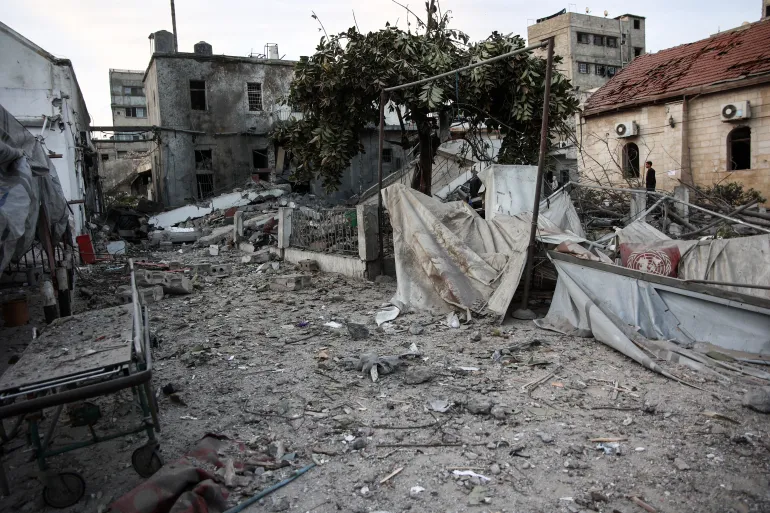
Reactions
Hezbollah said the blast was an Israeli “massacre” and called for a “day of rage” on 18 October against Israel and Biden’s pending visit to the Middle East. Following the hospital blast, Hezbollah declared a day of rage against the enemy on Wednesday.
In response, numerous protesters congregated outside the French and US embassies in Lebanon’s capital, hurling stones at the buildings while chanting slogans such as “death to America” and “death to Israel,” as reported by AFP. In light of the situation, the Beirut government made the decision to shut down schools throughout the country on Wednesday.
Qatar condemned what they described as “a dangerous escalation”. Saudi Arabia condemned the forces of the occupation for the alleged attack, which it described as a heinous crime. Russia and the United Arab Emirates called for an urgent meeting of the UN Security Council. Iran Supreme Leader Khamenei mentioned just hours before the hospital explosion on Tuesday that “the U.S. is responsible for the recent crimes.”
He added “If the crimes of the Zionist regime continue, no one can stop the Muslims and the resistance forces,” the post was captioned. Iranian president Ebrahim Raisi promised a “harsh response” to what happened. In Iran, many of protesters went to the streets on the capital city (Tehran) early Wednesday in support of the people of Palestine. Dozens were seen setting the Israeli national flag on fire and chanting death to Israel.
Turkey declared three days of mourning for the victims of the explosion. The hospital blast has been unanimously condemned by the constituent members of the International Red Cross and Red Crescent Movement, which is recognized as the largest humanitarian network in the world.
In response to the explosion, the International Committee of the Red Cross expressed their strong stance by stating,: “No patient should lose their life while being treated in a hospital bed.” They further emphasized the importance of protecting hospitals under international humanitarian law and highlighted the tragic loss of doctors who were striving to save lives.
The hospital bombing in Gaza was strongly condemned by the World Health Organization (WHO), which emphasized the importance of abiding by international humanitarian law. The WHO stated that health care facilities should be actively protected and never targeted. According to the WHO, the hospital was one of 20 in the northern part of Gaza that had received evacuation orders from the Israeli military.
However, due to the current insecurity, critical condition of patients, lack of ambulances, staff, health system bed capacity, and alternative shelter for the displaced, carrying out these orders was deemed impossible.
On a separate occasion, UN Secretary-General António Guterres expressed his condemnation of the strike and his horror at the killing of hundreds of Palestinians. He reiterated that hospitals and medical personnel are protected under international humanitarian law. Guterres called for an immediate humanitarian ceasefire.
